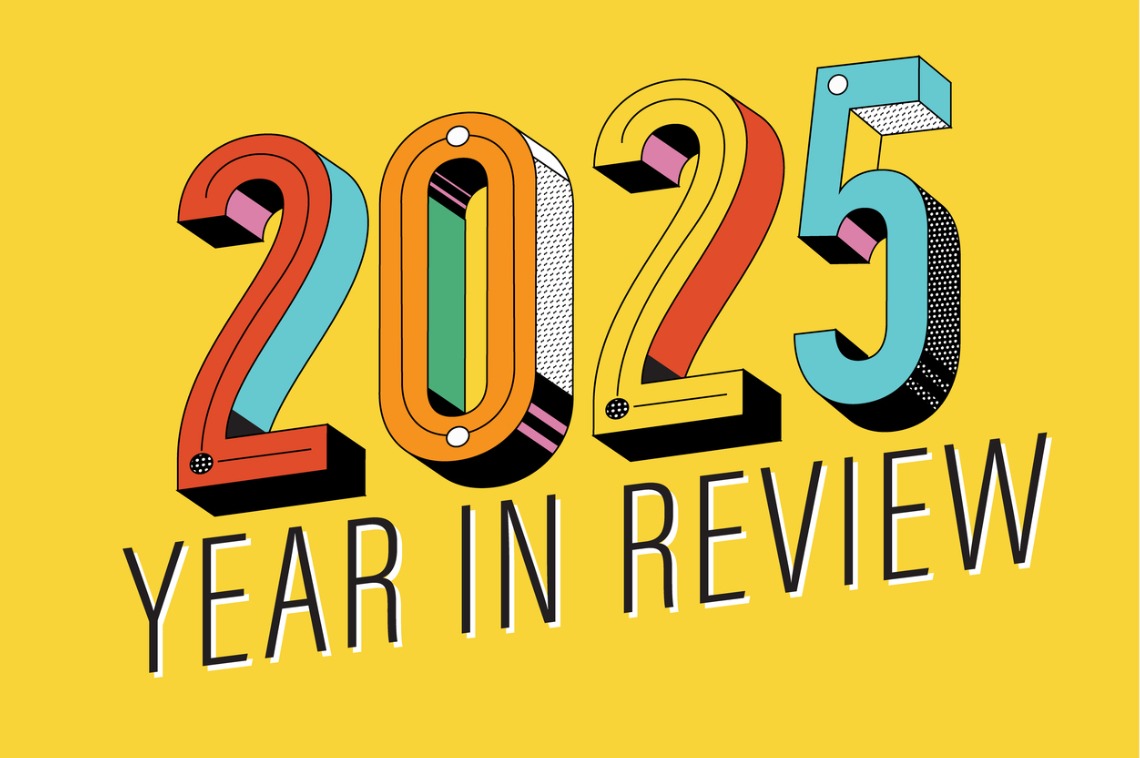F
oreclosure filings rose again in October, breaking a streak of historic lows, according to new data released Thursday. While the absolute numbers remain modest, the steady climb could signal emerging stress in the housing market.
In October, 36,766 U.S. properties were subject to some form of foreclosure action—default notices, scheduled auctions, or bank repossessions—per ATTOM, a real‑estate data firm. That represents a 3 % increase over September and a 19 % jump from October 2024, marking the eighth consecutive month of year‑over‑year growth, the company reported.
The initial phase of the process, “foreclosure starts,” climbed 6 % for the month and were 20 % higher than a year earlier. Completed foreclosures, the final stage, surged 32 % year‑over‑year. “Even with these rises, activity remains far below historic peaks,” said ATTOM CEO Rob Barber. “The trend seems to reflect a gradual normalization as market conditions adjust and some homeowners continue to grapple with higher housing and borrowing costs.”
Florida, South Carolina, and Illinois led the nation in state‑level filings. At the metropolitan level, Tampa, Jacksonville, and Orlando topped the list, with Riverside, California, and Cleveland, Ohio rounding out the top five. Among completed foreclosures, Texas, California, and Florida had the most, suggesting those states will see increased inventory at distressed prices. Demand for homes—especially in lower price brackets—remains robust, so foreclosed properties are likely to find buyers quickly.
At the height of the Great Recession, more than 4 % of mortgages were in foreclosure; today, less than 0.5 % are, well below the historic average of 1–1.5 %. Delinquent mortgages now stand at 4 % versus almost 12 % at the crisis peak. “There’s no foreclosure tsunami to worry about,” said Rick Sharga, CEO of CJ Patrick Company. “However, there are a few red flags.” FHA delinquencies exceed 11 % and account for 52 % of all seriously delinquent loans, indicating that FHA loans may see more foreclosures in 2026.
States where home prices have fallen while insurance premiums have risen—particularly Florida and Texas—are experiencing a rise in defaults. Nationally, home prices are easing but remain stubbornly high. Mortgage rates, which were expected to fall more sharply after the Fed began cutting rates, are still within a percentage point of recent highs. Buyers who hoped to refinance to lower rates may now feel pressure, especially amid persistent inflation.
Consumer debt is at an all‑time high, delinquencies are climbing across other credit types, and the job market appears to be weakening—all factors that could create cracks in the housing market. “None of these issues have yet impacted mortgage performance, but it would be unrealistic to assume that these trends, along with slow home sales and declining price appreciation, won’t lead to at least a modest increase in delinquencies and defaults in the coming months,” added Sharga.














